Are Trump's tariffs driving up prices in California? What new numbers reveal
Published in Political News
The tariffs President Donald Trump has imposed and threatened have not sent most prices up wildly — at least not yet — according to a new report from the federal Bureau of Labor Statistics.
“The effects of U.S. tariffs continue to filter through the economy, but not as fast as expected earlier,” said Sung Won Sohn, president of SS Economics in Los Angeles, on Tuesday.
That doesn’t mean tariff-stoked price spirals aren’t coming. But it’s been four months since Trump declared “Liberation Day” and vowed to tax most foreign goods, a time when markets plunged largely on the prospect of higher prices.
“Trump to date has been correct in his early assessment that his tariff policy would not lead to chaos and carnage as pundits predicted, including many economists,” said Mark Schniepp, director of the Santa Barbara-based California Economic Forecast.
“It’s still wait-and-see because of lagged effects,” Schniepp said. “But so far, there is no clear evidence that higher priced tariffed goods coming into the U.S. have had any impact on the general level of the Consumer Price Index.”
The cost of living has risen at a 2.7% annual pace through the end of July, the government said Tuesday. While that’s a distance from the Federal Reserve’s 2% target, it’s still historically low.
Among the reasons for the slower-than-anticipated increases were adjustments by businesses and consumers. Both camps remain wary that the tariffs will push prices further up in the immediate future.
“We still face tariffed goods coming into the U.S. and especially as the holiday season ramps up,” Schniepp said. Consumers may substitute successfully enough to avoid tariff inflated priced goods but this circumstance remains a wait and see.”
At the corporate level, “businesses know consumers have been pushed to the edge already. They know consumers aren’t in the mood to digest the full cost of tariffs,” said Patrick De Haan, head of petroleum analysis at GasBuddy, which analyzes gasoline prices.
Trump has imposed a patchwork of tariffs, in addition to delays and threats yet to materialize.
Some prices shot up
There have been some bigger price increases. Most of last month’s increase was because of higher housing-related prices.
That could become an ongoing inflationary problem. The UCLA Anderson Forecast found in its summer outlook that housing in California is “under pressure, with deportations reducing the construction workforce, rising input costs owing to tariffs and high interest rates constraining new home development.”
But cautious consumers are helping hold down prices of many goods and services.
Some of the areas most closely watched for tariff impact nationwide were largely unaffected. New car prices were unchanged. Apparel prices were up 0.1%, though household furnishings costs jumped 0.7%.
Gasoline prices fell 2.2% last month, and De Haan saw a scenario where prices for a gallon of regular in California could go below $4 a gallon by the end of the year.
Gasoline prices — like most other items — are impacted by a hard-to-predict variety of factors. De Haan listed a few that could impact oil prices: Could a breakthrough in U.S.-Russia talks this week matter to prices? Will OPEC cut or increase production? Will California refineries produce at a robust capacity?
The American Automobile Association said Tuesday that the average price of a gallon of regular gasoline in the state is $4.50, the highest in the U.S. To fall below $4, “a lot would have to go right,” said De Haan.
His analysis illustrated the highly uncertain nature of where tariff policy is leading.
“The full effect of tariffs has yet to be felt,” said Song.
_____
©2025 The Sacramento Bee. Visit sacbee.com. Distributed by Tribune Content Agency, LLC.
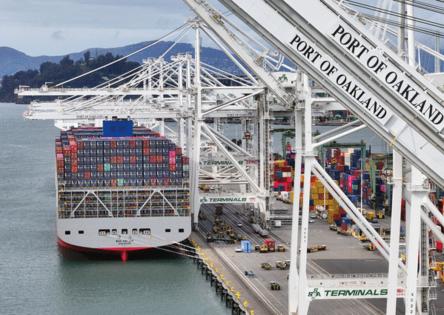



















































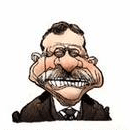
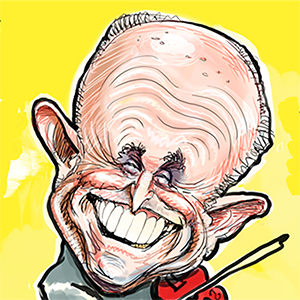
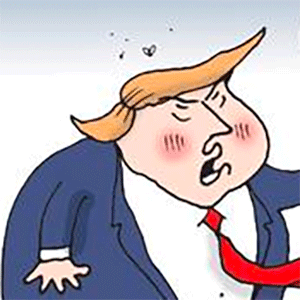
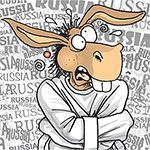
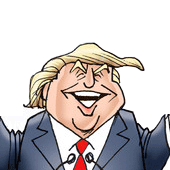
Comments